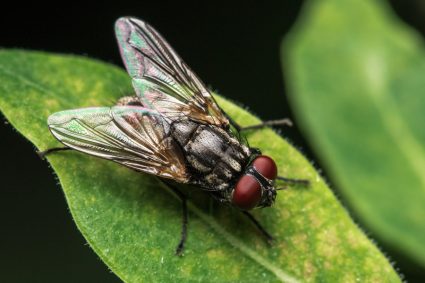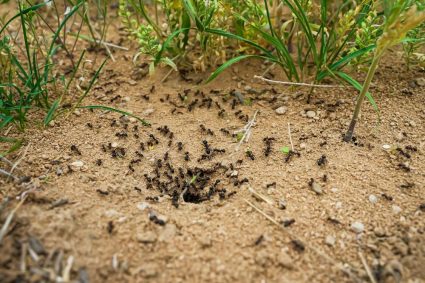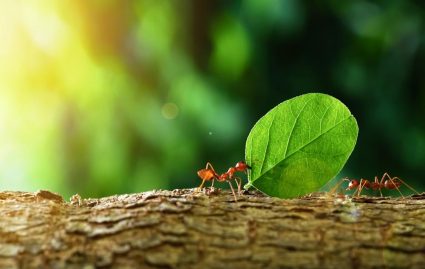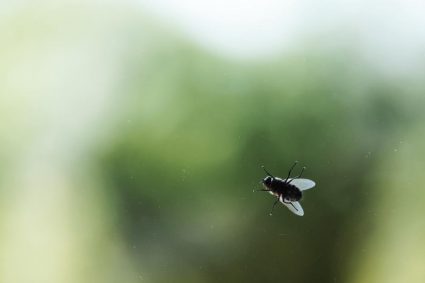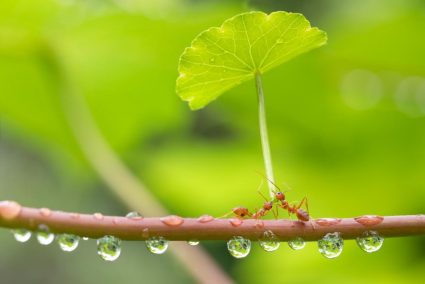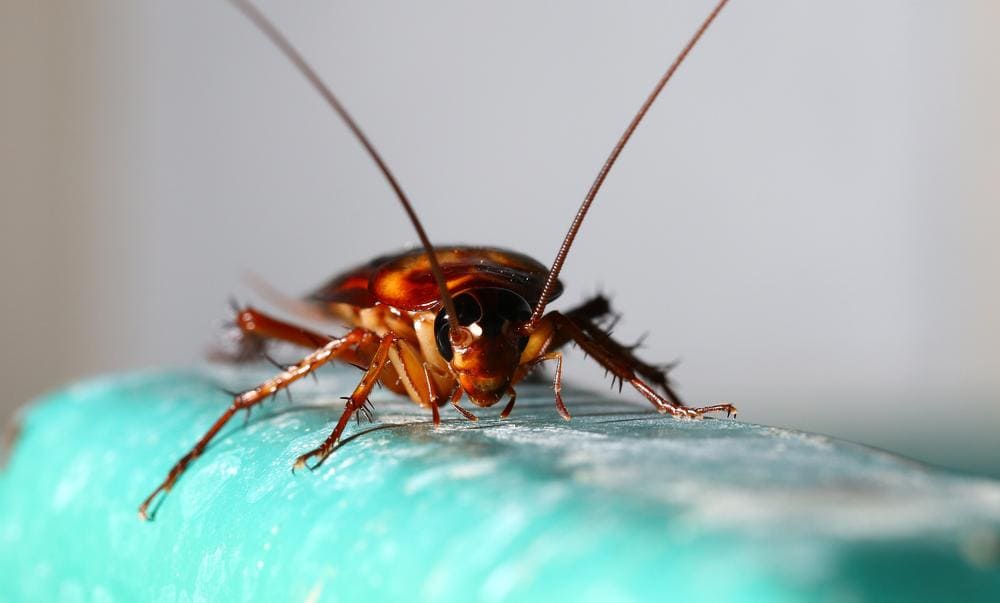
Cockroaches are among the most resilient organisms on the planet. Their ability to thrive in various environments and survive under harsh conditions has piqued the interest of scientists and researchers worldwide. This article will delve into the fascinating world of cockroaches, discussing how roaches form, their life cycle, adaptations, and much more.
Roaches, or cockroaches, form through a life cycle involving three main stages: the egg, nymph, and adult stage. It starts when a female roach produces an egg case called an ootheca, which hatches into nymphs. These nymphs undergo several molts as they grow, gradually appearing more like adults. After their final molt, they become adults, equipped with wings and reproductive capabilities. The environment significantly influences this process, and the roaches’ adaptations aid their survival in various conditions.
The Life Cycle of a Roach
The formation of a cockroach, or its life cycle, involves three main stages: egg, nymph, and adult.
The Egg Stage
The process starts when a female cockroach produces an egg case known as an ootheca. This ootheca contains multiple eggs and is either deposited in a safe, protective area or carried by the female until it hatches. The number of eggs in an ootheca and the time it takes for them to hatch varies among species. For instance, a German cockroach’s ootheca contains around 30-40 eggs, and they hatch in about 28 days, while an American cockroach’s ootheca has about 16 eggs and takes roughly 44 days to hatch.
Nymph Stage
Once the eggs hatch, nymphs emerge. These nymphs, initially white and soft, resemble adult cockroaches but lack wings and reproductive organs. As they grow, nymphs undergo a series of molts, shedding their exoskeletons and gradually appearing more like adults. The length of the nymph stage depends on the species and environmental factors, such as food availability. For example, American cockroaches can take almost 2 years to develop from an egg to an adult, while German cockroaches can develop in as little as 2 months.
Adult Stage
After undergoing their final molt, cockroaches become adults, equipped with wings and reproductive capabilities. The adult stage can last from six months to over a year, depending on the species.
Adaptations and Evolution
Cockroaches have evolved various adaptations that enable them to survive in different environments. These include sensory organs for danger detection, resistance to radiation and toxins, large genomes for metabolizing substances, and immunity genes. Some cockroaches have even developed glucose aversion, which helps them avoid sweet-tasting poisonous baits.
Environmental Influence
The environment plays an essential role in the formation and evolution of cockroaches. Changes in climate, humidity, temperature, and availability of food can significantly influence their development process. In addition, microbes associated with cockroaches help them break down organic material, contributing to nutrient recycling and the nitrogen cycle in ecosystems.
Disruptions in Roach Formation
Several factors can disrupt or influence the formation of roaches. These include the availability of water, temperature and humidity, food sources, and shelter. Eliminating these factors is crucial for controlling cockroach infestations.
Cockroach Species and Their Habitats
There are numerous species of cockroaches, each having its unique characteristics and preferred habitats. Some of the common species include the German cockroach, American cockroach, brown-banded cockroach, Oriental cockroach, smokybrown cockroach, and field cockroach. Depending on the species, they can be found in various locations, from tropical and temperate forests to human households.
In conclusion, the formation of roaches is a fascinating process involving a complex life cycle, various adaptations, and influences from the environment. Understanding this process can provide insights into their resilience and adaptability, making it easier to control their populations in human environments.
Frequently Asked Questions
What is the lifespan of a cockroach?
The lifespan of a cockroach varies greatly depending on the species and environmental conditions. On average, a cockroach can live anywhere from 1 to 2 years.
Do all cockroaches have wings?
Not all cockroaches have wings. While many species do develop wings in their adult stage, not all of them are capable of sustained flight. Some species, like the Oriental cockroach, have underdeveloped wings and cannot fly.
What do cockroaches eat?
Cockroaches are omnivores, meaning they can eat both plant and animal materials. They are also known to consume a wide range of organic matter, including food scraps, paper, leather, and even hair.
Are cockroaches harmful to humans?
While cockroaches are not directly harmful in the sense that they do not bite or sting, they can pose significant health risks. Cockroaches are known carriers of various diseases, including salmonella and E. coli, and their droppings can trigger allergies and asthma in some individuals.
How can I prevent a cockroach infestation in my home?
Prevention methods include maintaining cleanliness, sealing off potential entry points, and managing food and water sources. Regularly removing garbage, cleaning up food spills promptly, and not leaving pet food out overnight can help deter cockroaches. Additionally, sealing cracks and crevices where they can enter and hide is also crucial.

